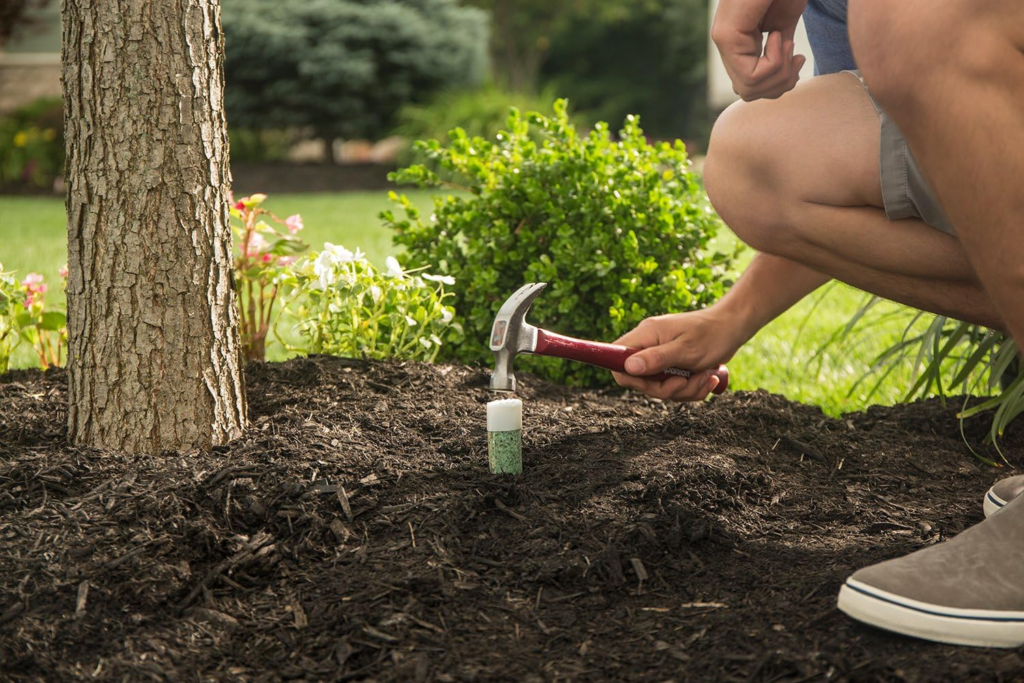By Annie Walton Doyle, Contributing Writer
Hydrangeas are a gardener’s dream with their lush, oversized leaves and iconic spherical blooms. However, coaxing these showstopping flowers to reach their full potential can sometimes feel like an uphill battle. While good general care is essential, the secret to truly spectacular hydrangea blooms lies in proper fertilization. Here’s a detailed guide to help you unlock the full blooming potential of your hydrangeas.
Choosing Between Chemical and Organic Fertilizers
Both chemical and organic fertilizers have their merits. Chemical (or synthetic) fertilizers are highly concentrated, delivering faster, more visible results. On the other hand, organic fertilizers improve soil health over time and are often considered a safer, more sustainable option. Ultimately, the choice depends on your gardening philosophy and goals.
Essential Nutrients for Bigger Blooms
The three key nutrients for encouraging vibrant hydrangea blooms are nitrogen (N), phosphorus (P), and potassium (K). Each of these elements plays a critical role:
- Nitrogen: Supports healthy leaf and stem growth.
- Phosphorus: Stimulates flower production, making it the star ingredient for larger blooms.
- Potassium: Strengthens plant health and resilience.

Fertilizers containing these elements should be applied once your hydrangea starts budding to promote abundant, healthy flowers.
Frequency of Fertilization
Consistency is crucial when fertilizing for blooms. Apply your nitrogen-phosphorus-potassium fertilizer every 7 to 14 days during the active growing season. This schedule ensures your plant receives a steady supply of nutrients to fuel its flowering process.

Optimal Nutrient Ratios
For hydrangeas, phosphorus is the most critical nutrient for big, beautiful blooms. Look for a fertilizer with a 10-20-10 ratio (or similar), indicating twice as much phosphorus as nitrogen and potassium. This balance provides the necessary boost for flower development without overloading other growth areas.
Additional Tips for Success
- Choose the Right Hydrangea Cultivar: Not all hydrangeas thrive in the same environments. Select a variety suited to your climate and garden conditions for the best results.
- Prepare the Soil: Before planting, enrich your soil with fertilizer or organic matter to create a nutrient-rich foundation.
- Meet Basic Needs: Ensure your hydrangea receives adequate sunlight, moisture, and partial shade as required. These basic care practices are just as important as fertilization.
- Don’t Overdo It: Over-fertilizing can damage your plant or encourage excessive foliage growth at the expense of blooms. Follow the recommended application rates for your chosen fertilizer.

With these tips, you can transform your hydrangeas into the crowning glory of your garden. By combining thoughtful fertilization with attentive care, you’ll enjoy stunning blooms that are sure to turn heads and elevate your garden’s beauty.
